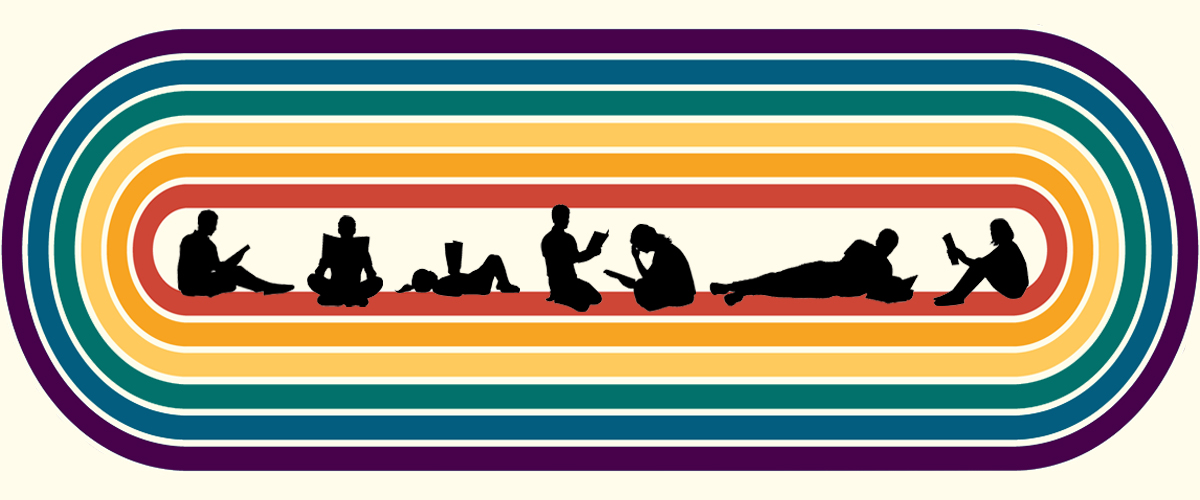The rights of LGBTQ+ Americans are under threat. After generations of struggle, sacrifice, and resistance saw queer Americans earn a modicum of equality in the eyes of the law, an unduly powerful minority of religious conservatives, at all levels of government, is doing everything possible to take those rights away. So as we celebrate this Pride Month—and mourn, and hope—let us honor those elders who’ve come before us by ensuring the rights they fought for will be here for the next generation.
*

On Makeup As a Tool for Queer Resistance
Makeup trends may act as a vise, strictly holding women in place to enforce beauty standards the way a woodworker slowly and carefully shapes a block of wood into something smooth and perfect. But when people use makeup to break the system instead of conform to it, it can turn from a tool of the oppressor to one that strengthens the oppressed. That makeup tends to be associated with women means it can be a particularly strong touchstone for feminist protest. (Keep reading)
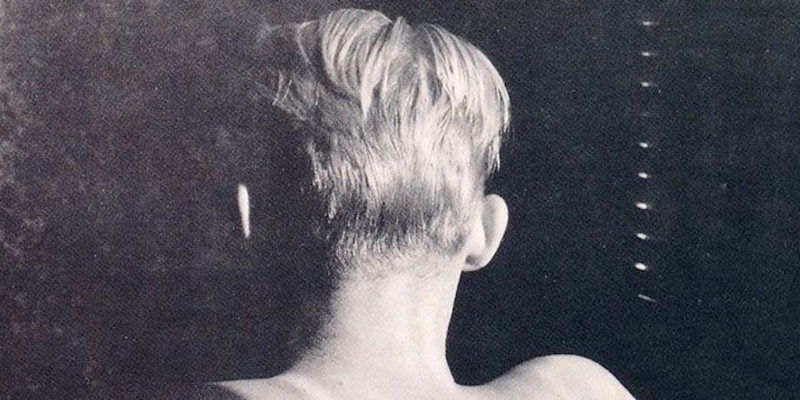
James Baldwin in Paris: On the Virtuosic Shame of Giovanni’s Room
Early in Giovanni’s Room, James Baldwin’s seminal novelistic exploration of queerness, the narrator, David, remembers the first time he held another man’s body close to his own. He has spent a day with his friend Joey in Brooklyn, astonished at “how good I felt . . . how fond of Joey.” Tired, they decide to spend the night in Joey’s apartment, but Joey finds himself too entranced by his friend’s form in the shadowy room to sleep. When he makes awkward conversation about still being up because a bedbug bit him, David and Joey move closer and closer together, until they are cuddling and kissing. The experience shocks David. (Keep reading)
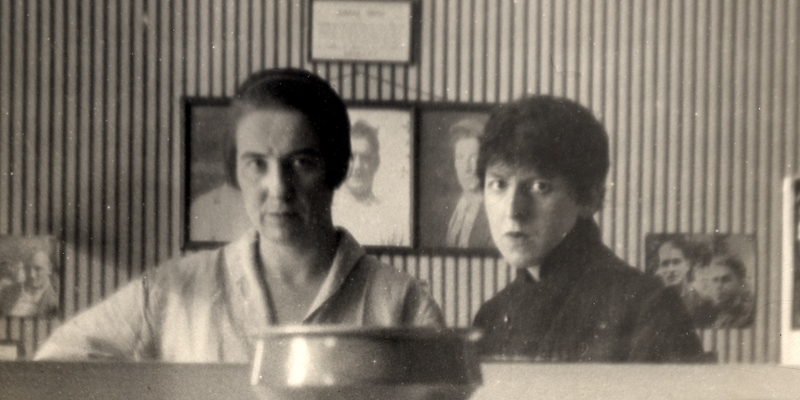
How a Queer Couple Masterminded a Nazi Resistance Campaign
Creativity may be hard to define, but it’s sometimes even harder to attribute. The museum mistaking a minor work for a masterpiece or the collector discovering a forgery may measure provenance in millions. Yet solving mysteries around authorship reveals something even more valuable about how innovation actually works. Sometimes the myth of “artistic genius” hides a more complicated story. (Keep reading)
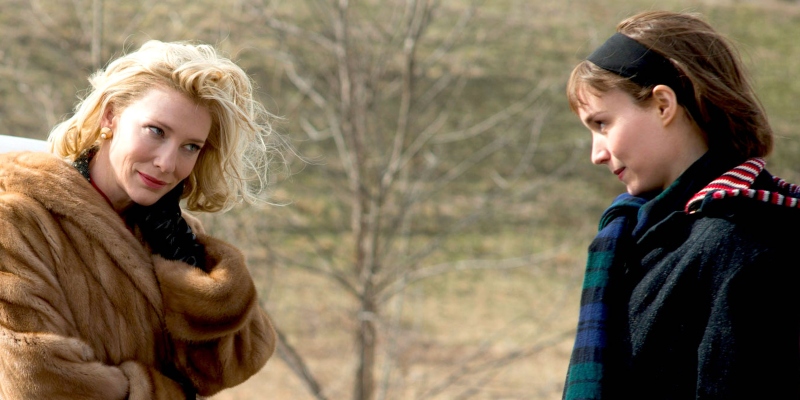
A Secret Literary Love Hidden in the Margins of The Price of Salt
Last year, I bought a secondhand copy of Patricia Highsmith’s iconic 1952 lesbian novel The Price of Salt. I paid 99 cents, plus $3.99 for shipping. I’d just begun an MFA and was working on a novel, but The Price of Salt wasn’t an assigned text for class. For months, I’d been reading my way through the queer canon, having realized a year into my marriage that I was bisexual. With that realization came a creative breakthrough: that my manuscript, a multi-vocal novel set at an art school, was at its heart a love story between its two female protagonists. I was reading queer stories to teach myself how to write one. (Keep reading)
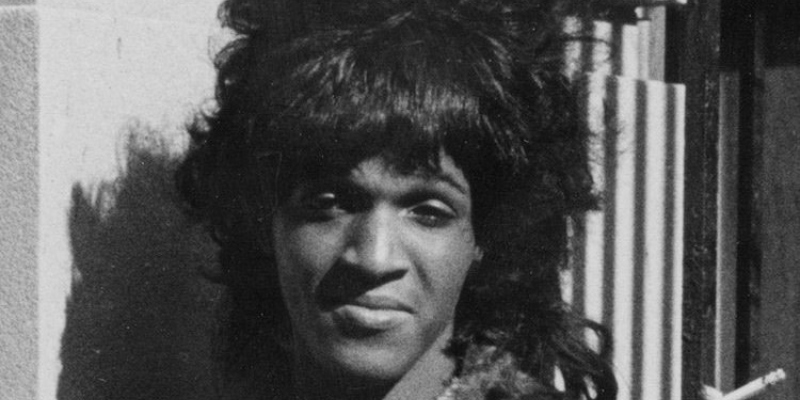
Stonewall’s Black Leaders and the Loneliness of Searching for Ancestors
I grew up in Harlem, not really knowing about black writers, especially black women writers. I was born in 1948, and they just were not popular figures. There certainly was Ann Petry, who’d written The Street, and Gwendolyn Brooks, but neither of them were household names. I didn’t learn about them until much, much later, and certainly well after 1969. (Keep reading)
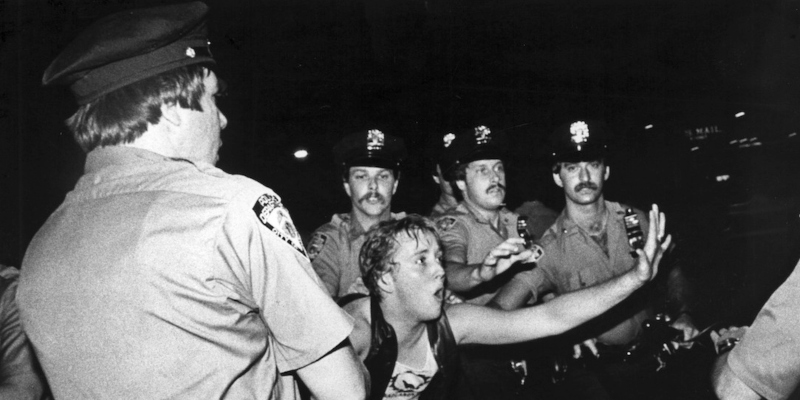
Edmund White on Stonewall, the “Decisive Uprising” of Gay Liberation
There’s something wonky and inappropriate about nearly every major protest event in history. The British inspired the Boston Tea Party because they wanted tax revenues to pay for battles they’d fought on behalf of their American colonies. When the French revolutionaries destroyed the Bastille, there were only seven prisoners in it, most of them aristocrats who came with pets, their own furniture, and hundreds of books. The Stonewall uprising protested a police raid on a Mafia-owned gay bar and dance spot that had no running water, where glasses were “washed” in filthy suds and reused, and which was “protected” by straight, extortionate Mafia goons. (Keep reading)
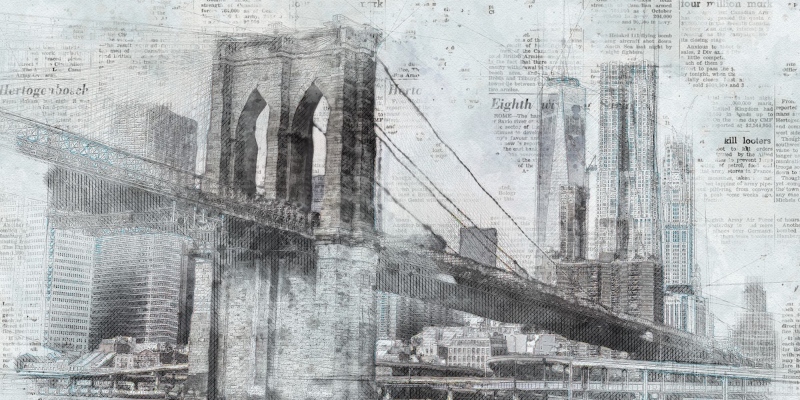
Brooklyn’s Earliest, Secret Enclaves of Queer Life
By the mid-1800s, Brooklyn was one of the leading manufacturers in the country for a wide range of products, from sugar, to rope, to white lead, to whiskey. This new industrial waterfront created the conditions that allowed queer lives to flourish in Brooklyn. As America transitioned away from a primarily farming economy, the extended family—once the main economic unit in the country—began to lose importance. New urban jobs allowed (some) people in Brooklyn to carve out separate space for themselves, far from their parents or anyone who knew them. (Keep reading)
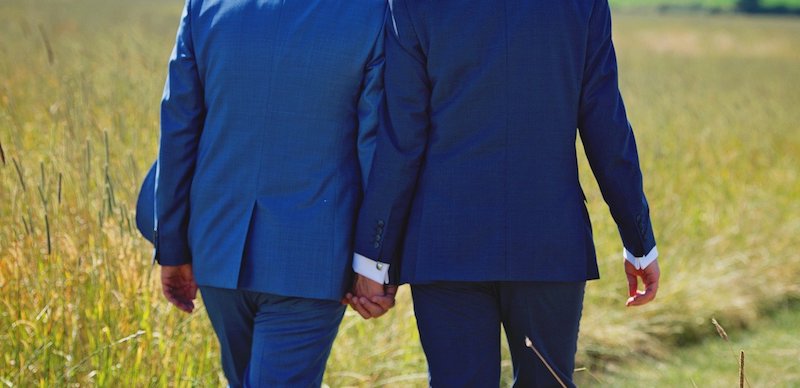
The Humor—and Grief—of the Modern-Day “Guncle”
I’ve had a long fascination with Auntie Mame, the 1955 Patrick Dennis novel that was quickly adapted for the stage with Rosalind Russell as Mame, then for a film also starring Russell, then as the Broadway musical Mame showcasing Angela Landsbury, then finally as a ghastly movie musical featuring a miscast Lucille Ball. As a sensitive young boy, I longed for a relative like Mame. I thought, what fun it would be to be tag along on madcap adventures and bear witness to a woman thumbing her nose at the conventionality of her time. (Keep reading)
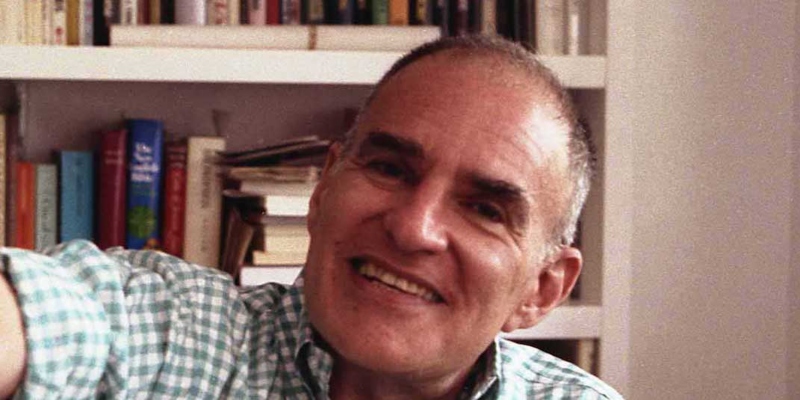
Larry Kramer’s Great Expectations
I was a student sitting in a cheap seat at the John Golden Theatre in the late spring of 2011, watching names write themselves across the back of a simple white unit set. They were the names of people who had died of AIDS-related illness; they flowed from left to right, slowly, behind characters beginning to understand and name and fight a terrifying new plague that threatened to kill them all. By the end of the night they filled the wall. These characters spoke in words that ran me over like a truck. I had never heard such words, nor did I then know the history of the pandemic and the murderous silence and contempt with which it was handled by the political class, liberal and conservative, of its day; a political class whose grip on power has only intensified. (Keep reading)
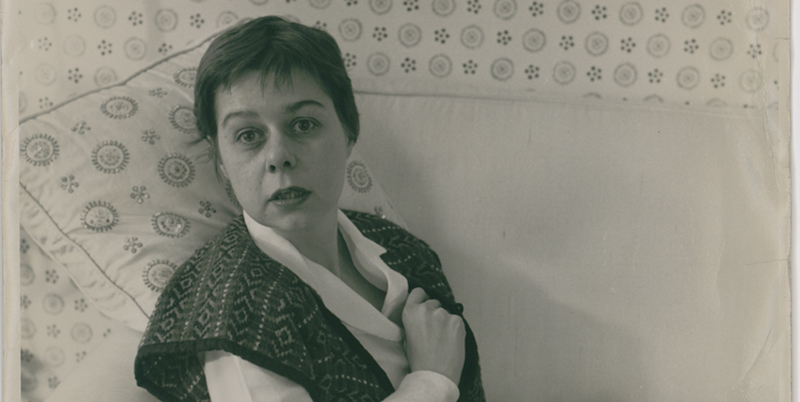
Googling Literary Lesbians: On Carson McCullers and the Erotics of Incompletion
The moment I found the archived letter that explicitly referred to Octavia Butler as a lesbian, I immediately texted all the people in my contact list who might give a damn. Sure, several of her obituaries used the word as if it were fact, but that caused a bit of an uproar amongst the faithful crew who maintained that she only ever claimed the identity of hermit. “We have proof!” I typed and typed again. Of course, this was no certain proof—these weren’t Butler’s archival materials or even the materials of someone who knew her all that well. I didn’t care. The casual and confident use of the word “lesbian” by one of her contemporaries was enough for me. (Keep reading)
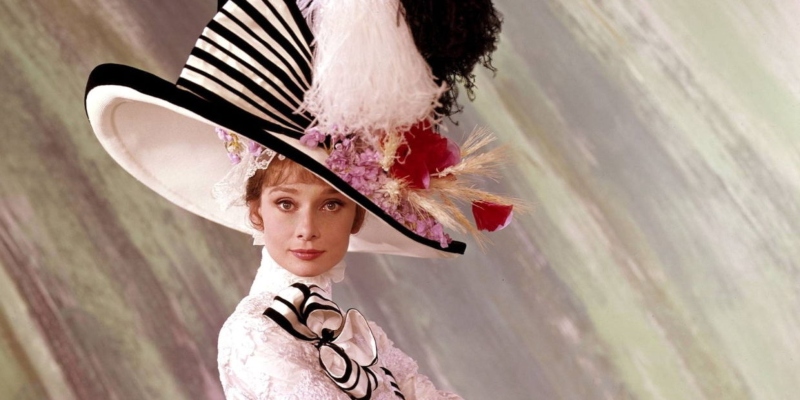
Digging in to the Queer Subtext of My Fair Lady
“Wouldn’t it be marvelous if we were homosexuals?” Rex Harrison, the actor who played Henry Higgins in the 1956 Broadway version of My Fair Lady joked to the show’s playwright, Alan Lerner. They were walking along Fifth Avenue, discussing their love lives while the play was still in rehearsals. More importantly, they’d also set out to discuss the trouble with Harrison’s character. His presence faded so much in the second act that Harrison became restless. Past love affairs with women had wrung Harrison and Lerner both dry. Higgins might feel the same way. Would making Higgins gay solve his star’s presence problem? (Keep reading)
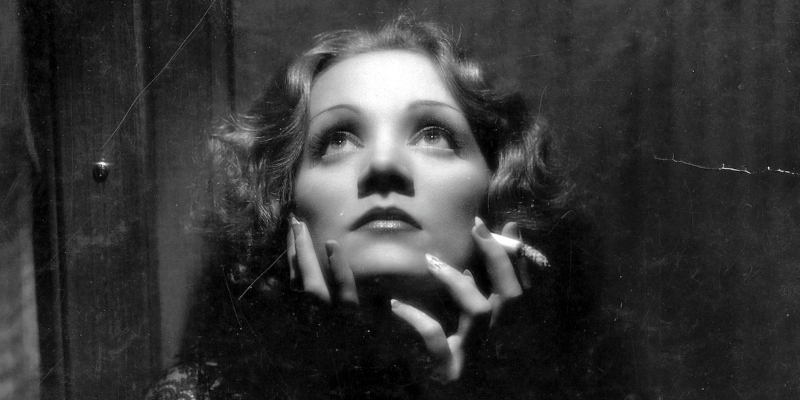
Loud, Lewd, Cheating, Smoking, Bisexual Degenerate: Marlene Dietrich, My Teenage Role Model
“Don’t be afraid,” the counselor reassured me, “I’ve been briefed on your case and I have a lot of experience in this kind of problem.” Her body language had been arranged to suggest that she was open, but everything else about her told me she was closed. She leaned forward, narrowed her eyes, and asked searchingly: “Do you have a good role model for yourself?” (Keep reading)
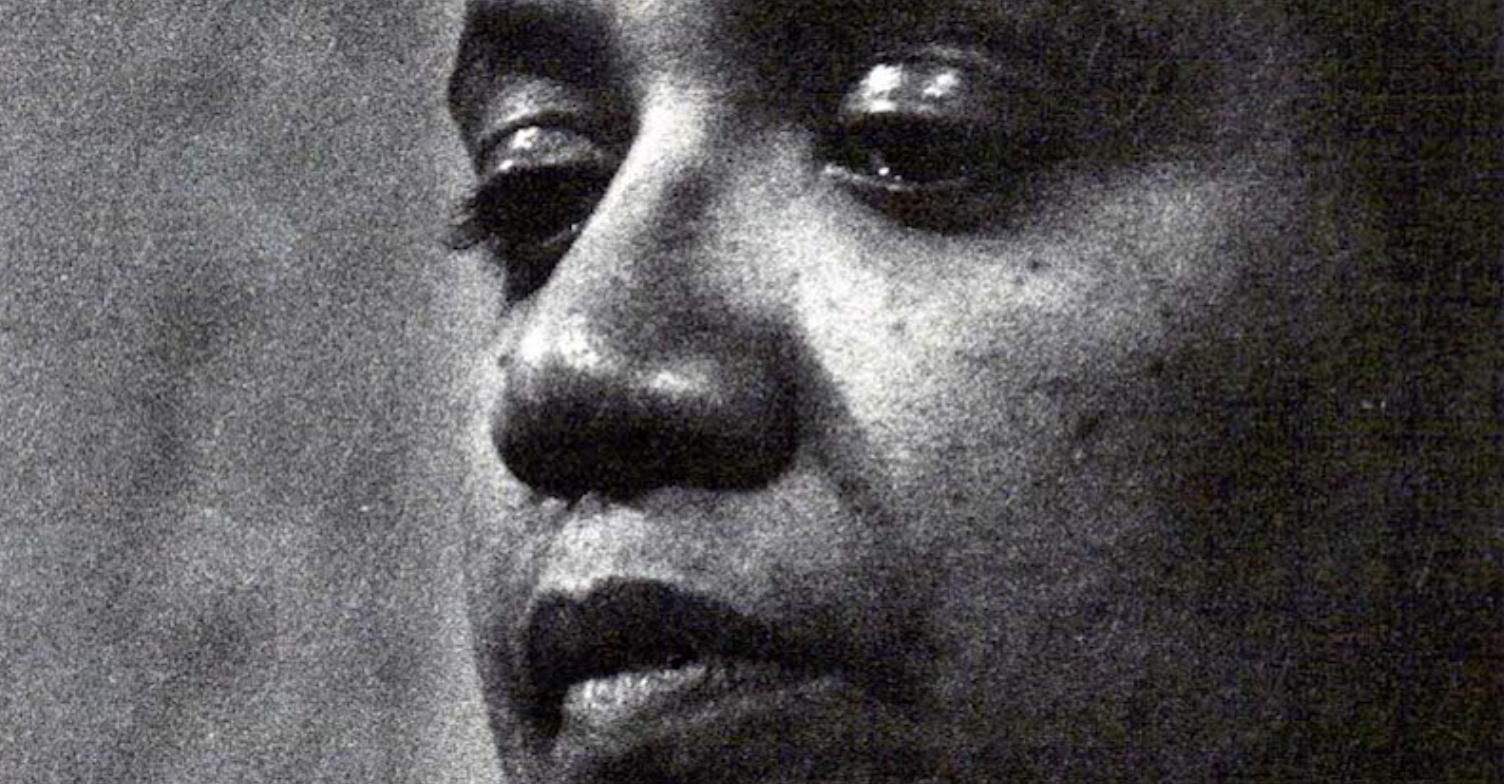
How Audre Lorde’s Genre-Blurring Zami Spoke My Truth Into Existence
I think it’s the one photo that might have survived the bonfire. The one my roommate took that time she snuck in, freezing into eternity the moment my lover and I lay intertwined in postcoital glow. She laughed when the click of her camera caused us to look up, startled and slightly embarrassed. It had been a particularly passionate lovemaking session; our shouted pleasures shook the windows and reverberated out into the summer air glazing the streets of Washington Heights, New York. My roommate at the time said that the photo was to remind us of the love we share during the rough times to come. (Keep reading)
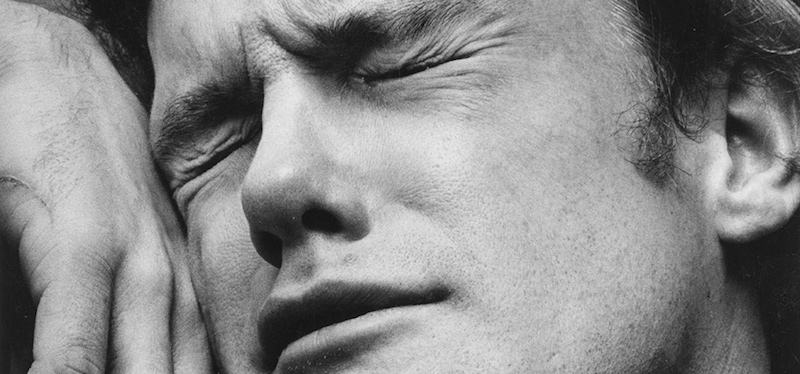
Who Cares What Straight People Think?
The queer section in Books-A-Million was hidden in plain sight. The last aisle on the left before the magazines. Top shelf between social studies and psychology: just as the social studies books began to bleed into psychology, there was for the span of a few book spines, a zone of titles that were neither psychology or sociology. This unmarked, nebulous space was the queer section. Things that could be found there: a single copy of a best gay erotica anthology, a couple erotic novels, one or two manga, a coffee table book of artful nudes, and maybe a book about lesbians, depending on the day. (Keep reading)
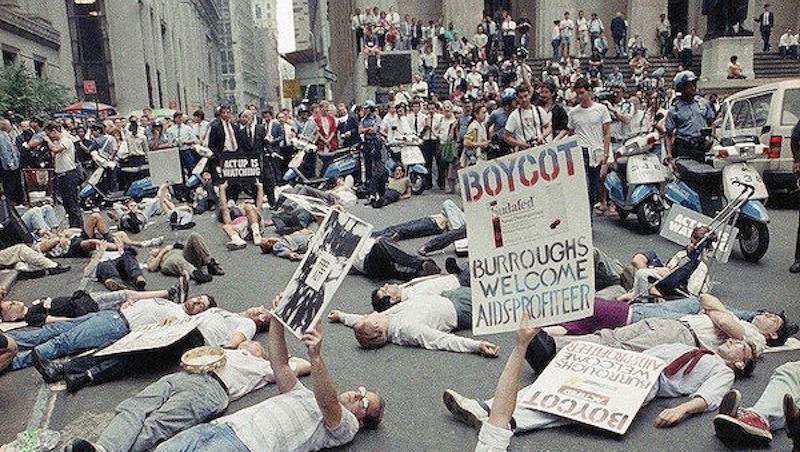
Reading and Writing My Way Through the AIDS Crisis
I write this on the 35th anniversary of the first New York Times article about what would come to be known as AIDS. The article appeared on page A20 under the headline: “RARE CANCER SEEN IN 41 HOMOSEXUALS.” I write this after reading an item from Elle: “17 Writers Share Their Most Important, Necessary LGBT Books: A vital reading list for Pride Month and beyond.” I write this having completed my 40th year, healthy and pretty much happy. I write this having, at one point, never expected to live through my thirties and never having expected to end up HIV-negative. I write this, remembering. I write this. (Keep reading)

How Surviving ‘Ex-Gay’ Therapy Made Me a Better Writer
When I was outed to my parents by a college roommate after a semester at a liberal arts college not far from home (oasis for all queer Southern kids), my parents, fearing word would get out, enrolled me in an “ex-gay” reparative therapy program called Love in Action in Memphis, Tennessee. Fearing abandonment and a lack of college funding, I agreed to attend a two-week trial program the following summer. The timing would mean we’d be cutting it close, but the plan might just work: a week into therapy, I would attend my father’s ordination as a Baptist preacher, and if the cure stuck, no one would have to know about my “struggles” with homosexuality. (Keep reading)
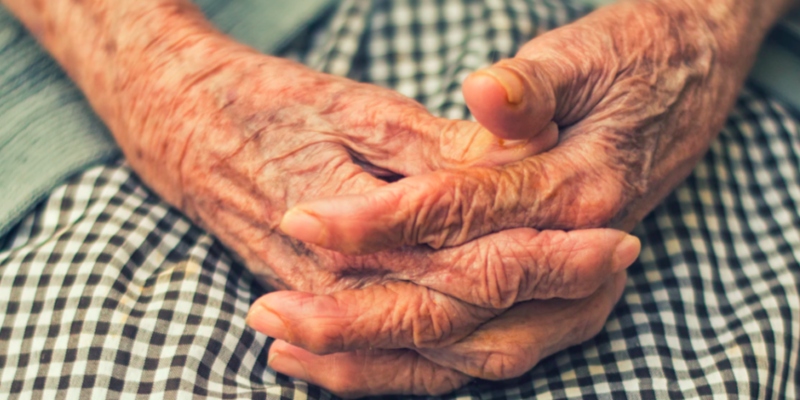
Seeking a Connection to My Grandmother in Alice Munro’s Queer Characters
Old women are woven through Alice Munro’s fiction like a skein of glinting silver thread: grandmothers who guard family lore; nursing home residents who casually recall long-ago orgies; elderly wives liberated by the onset of Alzheimer’s. They’re hard to avoid if, like me, you’ve spent the pandemic devouring every collection of Munro’s stories, from 1968’s Dance of the Happy Shades to 2012’s Dear Life. At first, I read for pure pleasure—dazzled by what she can do with a sentence, at how she can compress an entire life into a handful of pages. As the months went by, though, reading all of Munro became about something else. Something that had nothing to do with pandemic boredom or literary technique, and everything to do with my own grandmother. (Keep reading)
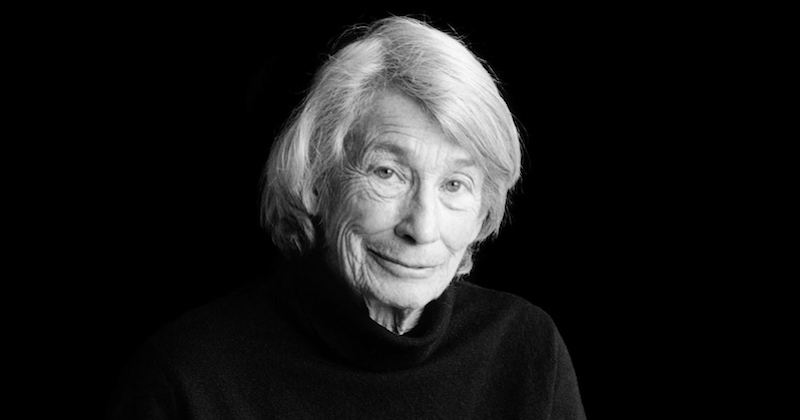
On the Overlooked Eroticism of Mary Oliver
Mary Oliver is often called a nature poet, but she might more accurately be described as a poet of attention. In this, one specific aspect of her work is often overlooked: her eroticism. Oliver wrote about nature, yes, but she also wrote about fucking, and loving, and what it was like to love and learn one woman for nearly half a century. (Keep reading)
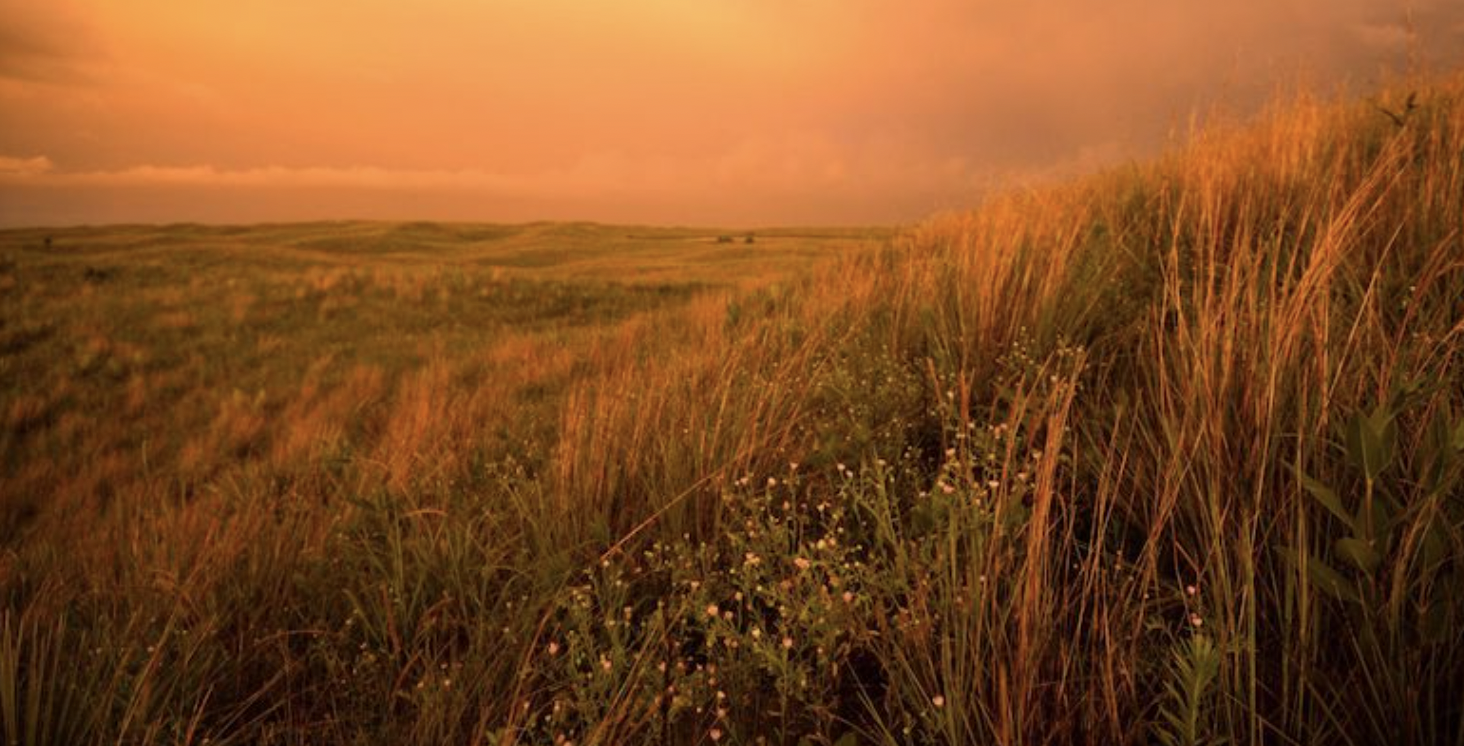
The American Archetype of Rural Queerness Redefined
It is widely speculated that Cather was a lesbian, or otherwise LGBTQ-adjacent; in college Cather was photographed wearing masculine clothes and a short men’s hairstyle, and for a time she (that’s the pronoun Cather used throughout her life, so I’ll use it too) took on the nickname “William.” She never married but maintained a series of close relationships with women throughout her adult life, and she lived for 39 years with the editor Edith Lewis, with whom she is also buried. (Keep reading)
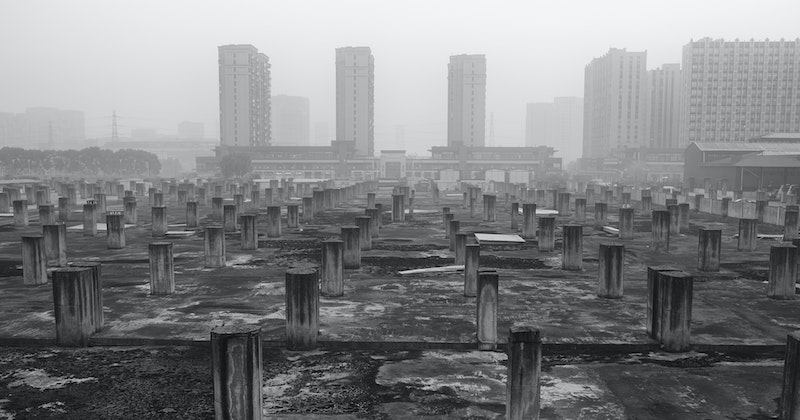
Unmoored in a City of Ruins: On the Revelatory Power of Samuel R. Delany’s Dhalgren
When I was in high school, I started to read Proust after seeing the word homosexual in the World Book Encyclopedia article about his work. Entering his prose felt to me like fantasy, the syntax collapsing time and the stability of the subject; it was liquid, like desire. I mean, isn’t the madeleine a most elegant time-travel machine? I didn’t read sci-fi because no one around me took it seriously. Also, I had a sense that the genre was all machines and aliens stationed at a dark horizon, and since my father’s murder, I was already acquainted with a worse future. We read according to our hungers, our blindnesses, our delights. (Keep reading)
